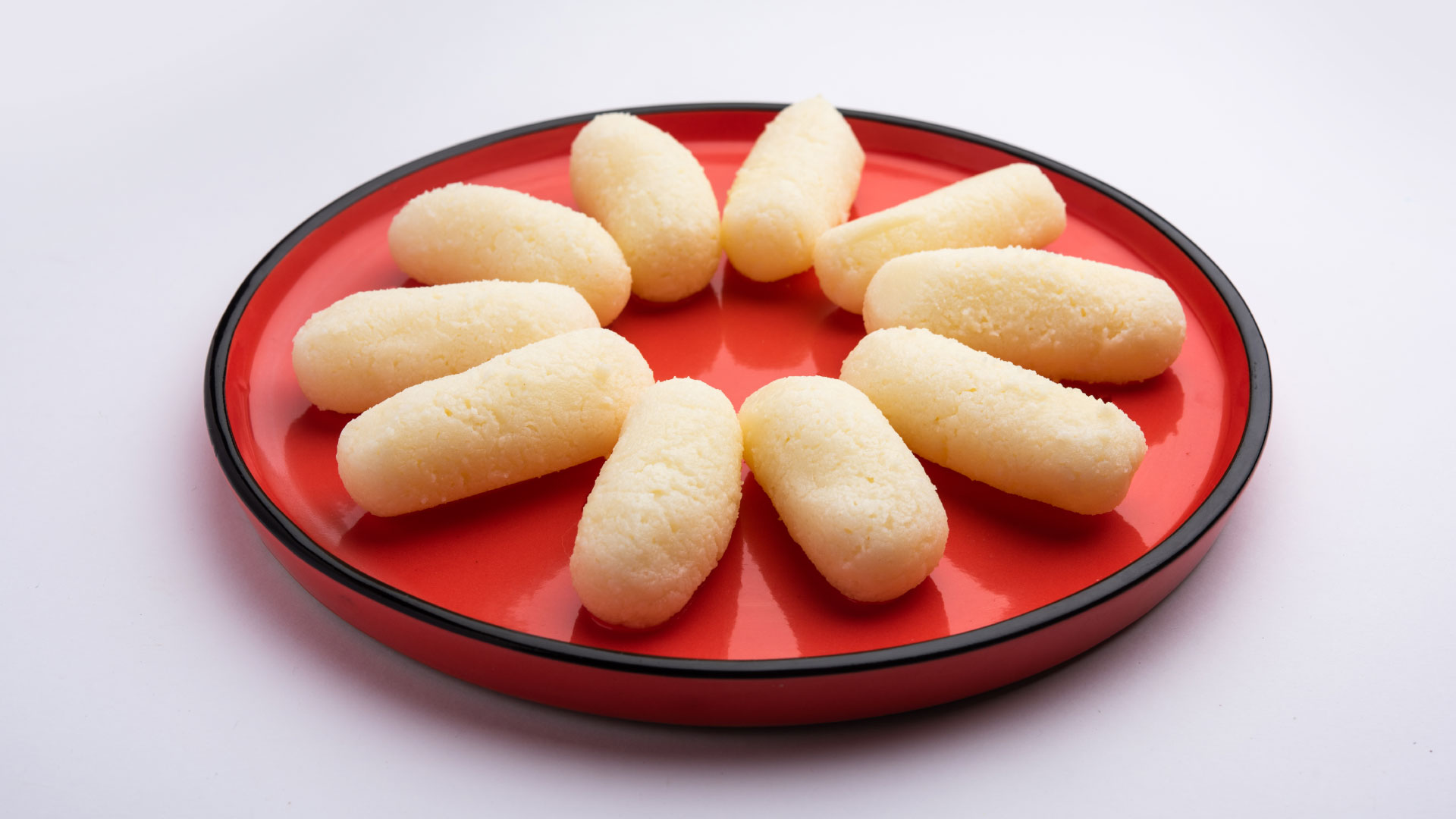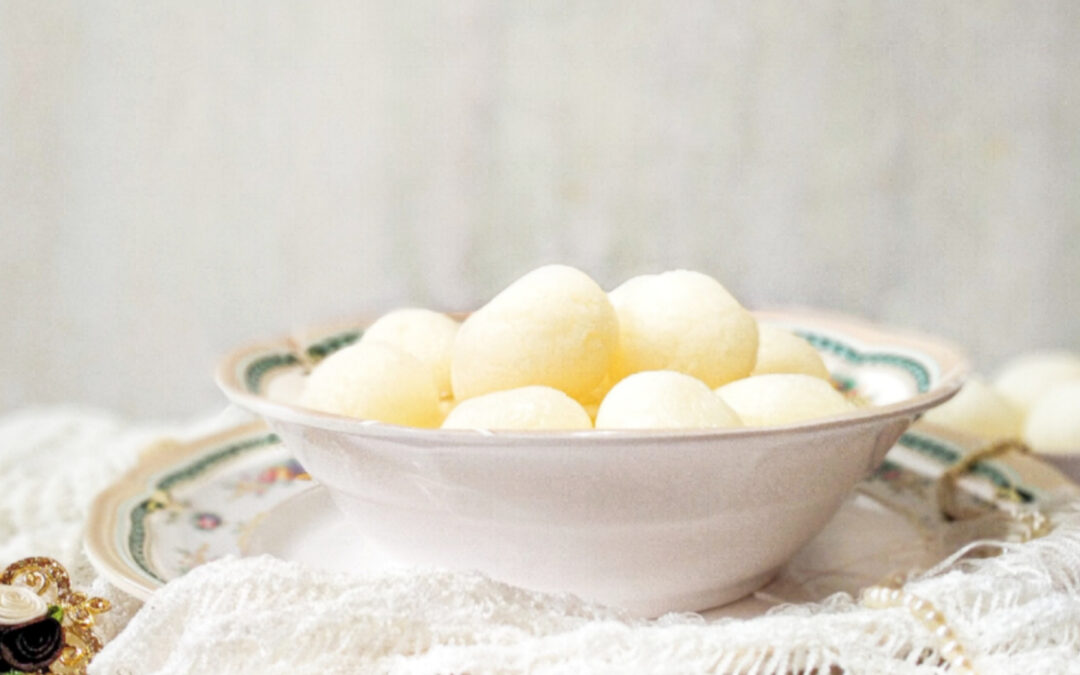“Desserts are the fairy tales of the kitchen, a happily-ever-after to supper.”― Terri Guillemets. Chomchom is a Bengali dessert or sweet which is popular among other sweets. Yet, particularly Porabari’s chomchom is mostly famous and tasty. Porabari is a small region on the banks of the Dhaleshwari River in Bangladesh’s Tangail district. The famous chomchom was born here. Porabarir chomchom is known for its burned brick color and sweet inside. Caramelized sugar is supposed to have created the classic burned brick colour.
According to legends, the settlement was named Porabari because a sweet maker’s house burned down while manufacturing these sweets. Because pora means burnt in Bengali and bari means house, it’s only the reason that chomchom’s birthplace became known as PPorabari However, Porabari’s chomchom is not a newcomer to the culinary scene. It has ruled for more than a century and a half.
There is scant proof, such as who invented rosogolla, to show who from Porabari was the first to manufacture Chomchom. Villagers, on the other hand, claim that this sweet was invented in Dasharath’s village. The Ghosh and Pal communities in the region continue to make sweets. Furthermore, Tangail’s sweet has a secret recipe. This is why others have failed to produce sweets as good as Porabari’s.
Chomchom is a popular dessert in both Bangladesh and West Bengal at the moment. Chom chom comes in a range of colors, including light pink, light yellow, and white, in addition to the brownish tint. It’s sometimes garnished with coconut or mawa flakes. Some Tangail sweet manufacturers still have their chomchom recipes. Sweetmakers in West Bengal have drawn inspiration from the Ghosh and Pal families, some of whom are their forefathers.
To produce chomchom, a dough must first be suitably prepared and then mashed. Fresh handmade cottage cheese is manufactured for this purpose, and any surplus water is drained out. After that, sugar syrup is made. Cottage cheese is mashed until smooth before being formed into oval balls. The sugar syrup is sweetened with rose water and cardamom, and the balls are cooked in it until nearly doubled in size. Finally, a filling with a substantial amount of sugar is made, and the chomchom balls are sliced lengthwise and stuffed with the khoya stuffing. Hence, chomchom is not only tasty, but it is also visually appealing due to the enticing stuffing and garnishing.






